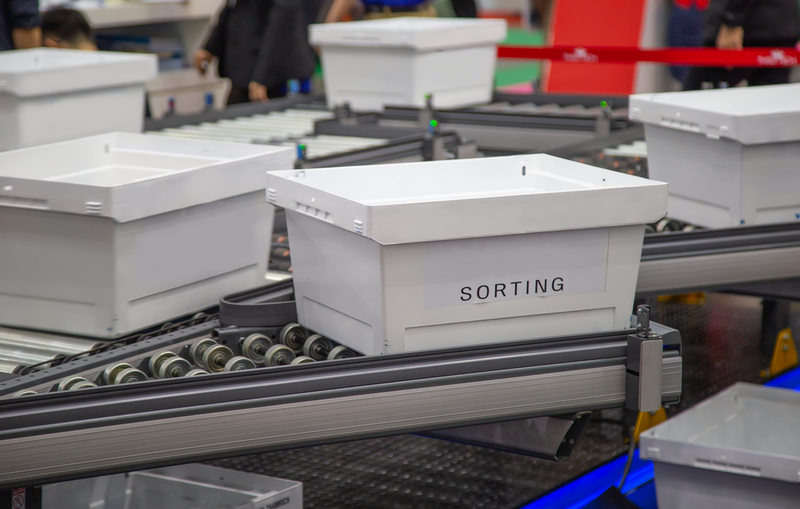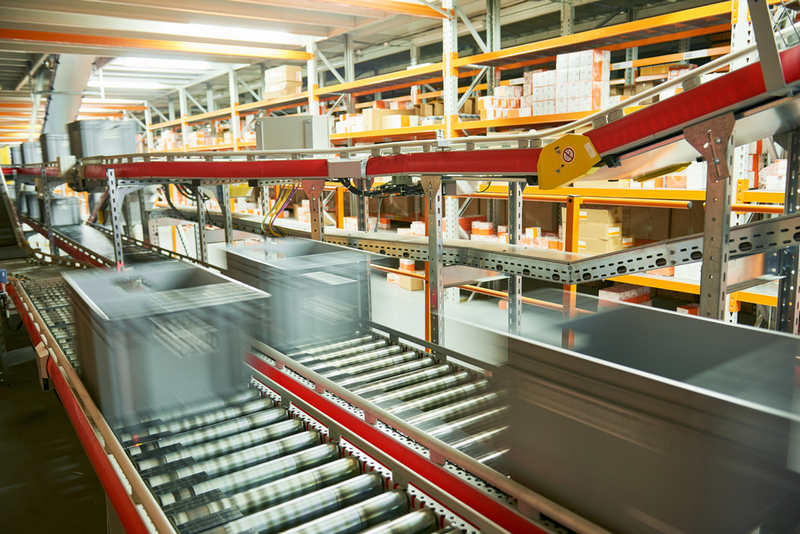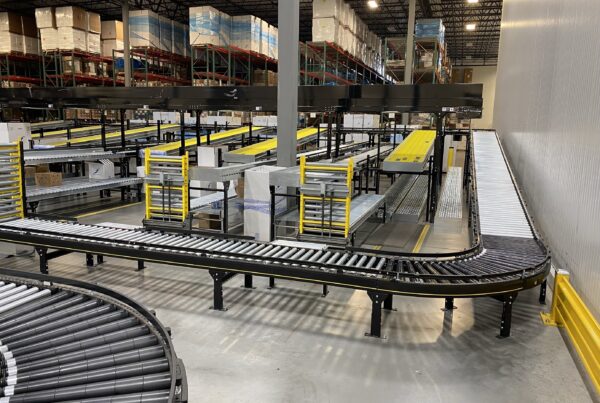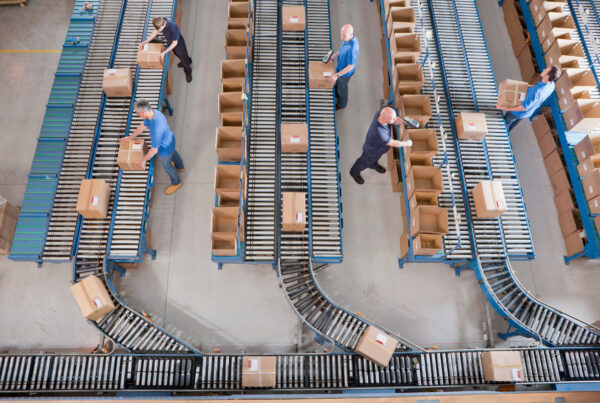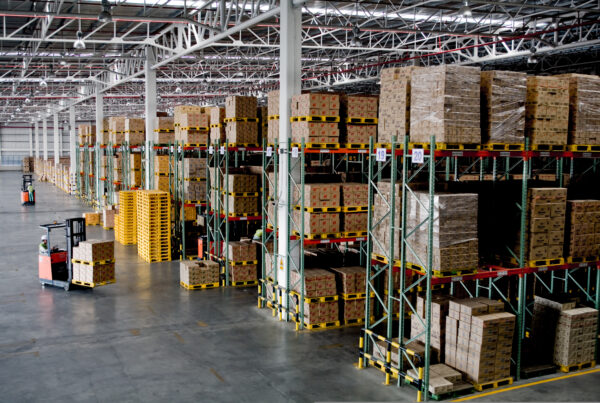In today’s demanding and busy society, the way we handle materials, orders, and packaging must be efficient and incredibly optimized. End users are demanding more bang for their buck — more value, faster delivery, and high quality. To meet those demands, many companies are in need of stepping up their game with more efficient technology, optimized space, and effective warehouse systems. We simply can’t be caught staggering on our feet, with a disorganized and highly inefficient platform.
That is why automated material handling systems, AMHS equipment, are making a major statement within the material handling industry. They cut back on your overhead, allow you to scale your operation and accept new contracts, and ultimately give you more operating capabilities. In this article, we’re going to give you an inside look at what automatic material handling systems are, the purpose of AMHS equipment, and how they integrate into your business model.
What is AMHS — Automated Material Handling Systems?
In warehouse and distribution center material handling, AMHS equipment has a broad definition. Why? Because it denotes any automation that reduces human error. It’s any tool, equipment, system, software, etc. that cuts out the need for manual interaction — either to check-in, check-out, sort materials, move them around, catalog them, etc.
It’s a rather vast definition that takes into account hundreds of industrial tools and systems — AMHS equipment. For example, a scanner that reads a barcode or an RFID tag is considered an AMHS. Self-check-out machines are even sometimes lumped into the AMHS category.
Usages Of Automated Material Handling Systems
In a warehouse, when it comes to industrial material handling systems, usage of AMHS equipment ensures efficient transportation of materials or packages from one place to another without the need for humans to oversee an action. This includes autonomous vehicles (AGVs), vertical lift units (VTUs), conveyors, software, and various other types of equipment.
Benefits of an Automated Material Handling Systems
The advantages of automated material handling systems are manyfold, and the overall benefit and responsibility of the systems depend on integration. You can fuse and intermix certain AMHS equipment while maintaining some manual stations or you could create a fully autonomous automatic structure — it all depends on your budget and unique needs.
The more integration and reforms, the more autonomous your platform will become. AMHS can detect materials offloaded by an operator, identify them, process them accordingly, determine their next destination, and even transport said material to that station. In a fully implemented system, routing, delivery, identification, handling, and everything in between is performed without any human interaction.
Warehouse management is complex and encompasses many steps and stations during a product or package’s lifecycle. If done solely by your employees, it can be extremely costly, repetitive, slow, and redundant. The main advantage of an Automated Material Handling System is that it can solve all these problems and give you a more efficient warehouse with smaller costs.
AMHS helps you by:
Improving your cycle times
Materials and packages don’t need to be transported by an operator. They don’t require any human oversight. They also don’t need to be cataloged by staff. This gives you more leeway, more accurate due date estimates for your clients, and faster cycle times for efficient operations.
Location
A truly implemented AMHS equipment can help you maintain more robust control over your products or your client’s products. Better tracking systems — with exact up-to-date real-time locations. No more “missing” packages or damaged, disabled identifiers.
Safer work environment
With efficient use of labor comes lower labor costs, but more importantly, a safer work environment. Your staff will have less interaction with tools and equipment that can harm them.
Less contamination
You can achieve accuracy and reduce unnecessary movements by staff, and have a cleaner, less polluting environment by implementing AMHS.
Compliance with regulations
AMHS can be tasked with doing the grunt work – the heavy lifting. Countries, like the U.S., enforce regulations on companies pertaining to the specified maximum weight employees are allowed to lift. They also state required breaks, vacations, and how much to pay for overtime. AMHS do not need vacations, they don’t get sick, and they don’t need to sleep. The lack of required regulations around AMHS eliminate a significant amount of work otherwise completed for staff.
AMHS — your warehouse’s biggest resource
Aside from the highly beneficial economic reasons, which are compelling enough, implementing AMHS gives you a more accurate operation – one that can undertake higher volumes, different products and materials, and new clients, all with great accuracy. AMHS gives you the ability to reform your warehouse and have a layout that cuts the fat and ultimately gives a stronger, more robust business. To explore many of the AMHS SRSI provides, browse our solutions.
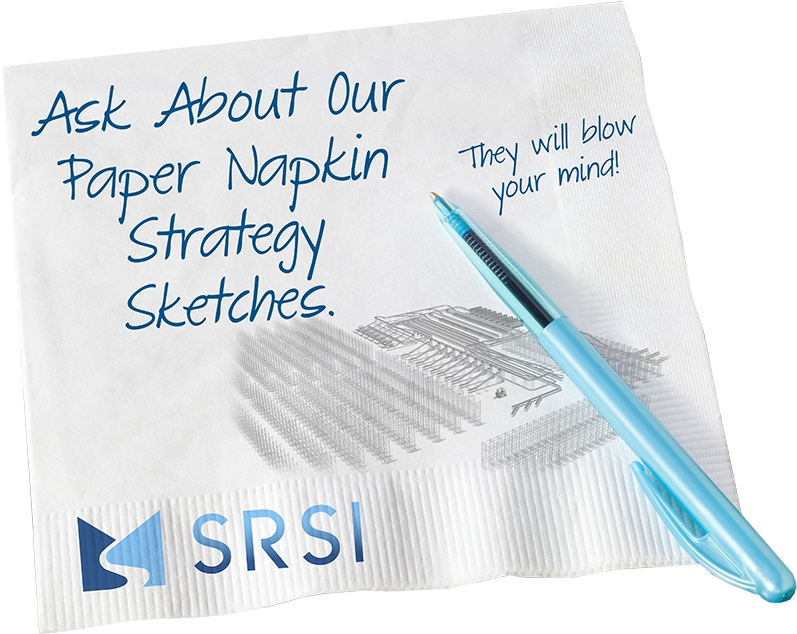 Skip to main content
Skip to main content
